Home>Gardening & Outdoor>Landscaping Ideas>When Is The Best Time To Put Weed And Feed Down On Your Grass
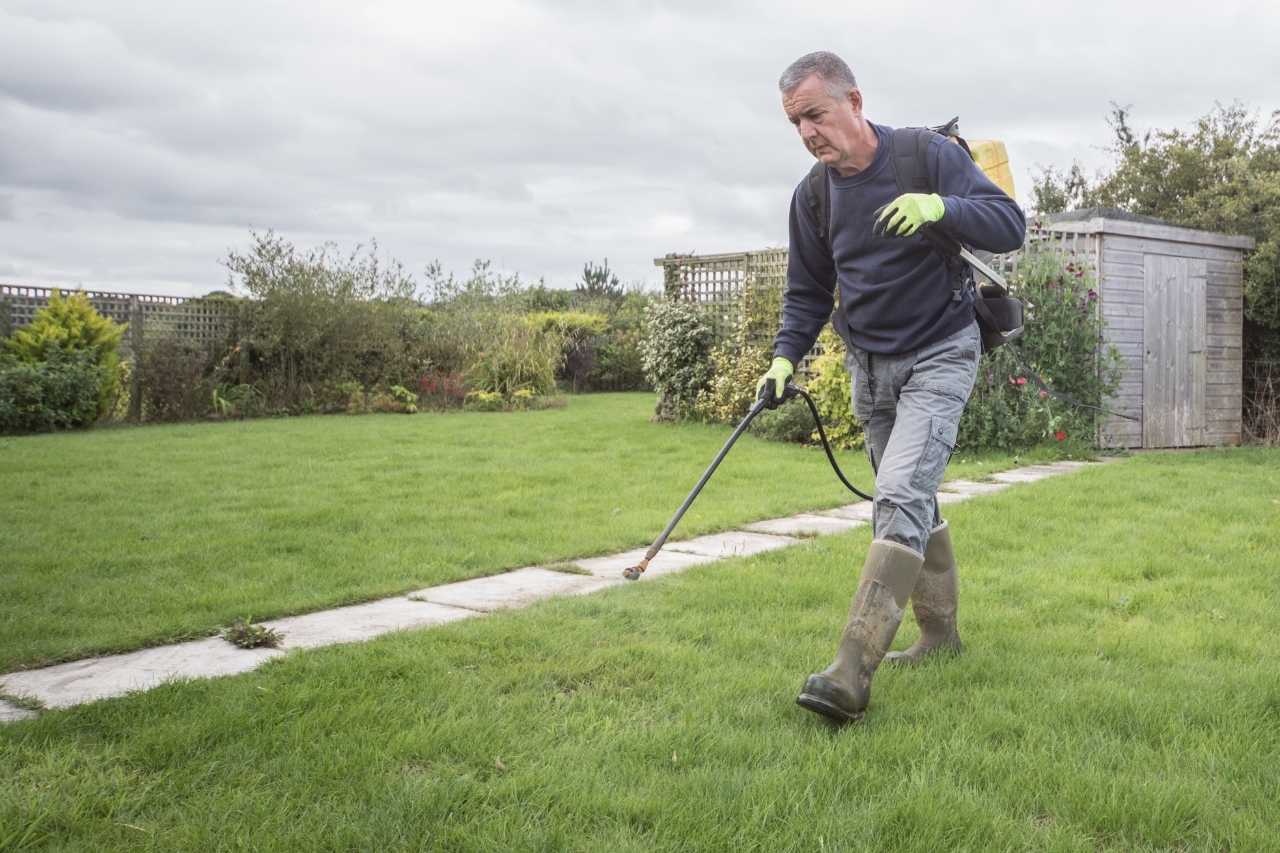

Landscaping Ideas
When Is The Best Time To Put Weed And Feed Down On Your Grass
Modified: February 18, 2024
Discover the best time to apply weed and feed to your lawn for a lush, healthy garden. Get expert landscaping ideas and tips for a thriving outdoor space.
(Many of the links in this article redirect to a specific reviewed product. Your purchase of these products through affiliate links helps to generate commission for Storables.com, at no extra cost. Learn more)
Introduction
Welcome to the world of lawn care, where the lush green expanse of your yard is a canvas waiting to be perfected. Achieving a healthy and vibrant lawn requires dedication, knowledge, and the right products. One such product that can make a significant difference in the health and appearance of your grass is weed and feed.
Weed and feed is a combination product designed to address two common lawn issues simultaneously: weeds and the need for fertilizer. The herbicides in weed and feed help to control and eliminate weeds, while the fertilizer nourishes the grass, promoting growth and overall health. However, using weed and feed at the right time is crucial to its effectiveness.
In this comprehensive guide, we will explore the best time to put weed and feed down on your grass. By understanding the factors involved and the optimal timing for application, you can maximize the benefits of this product and achieve a lawn that is the envy of the neighborhood.
Key Takeaways:
- Timing is crucial for weed and feed application. For warm-season grasses, late spring to early summer is best, while cool-season grasses benefit from application in early fall. Consider local climate and grass type for optimal results.
- Weed and feed application timing varies by grass type. Warm-season grasses thrive with late spring application, while cool-season grasses benefit from early fall application. Consider weather and local regulations for best results.
Read more: When To Put Weed And Feed On New Grass
Understanding Weed and Feed
Weed and feed products are a convenient solution for homeowners seeking to maintain a vibrant and weed-free lawn. These products typically combine herbicides, such as selective broadleaf weed killers, with fertilizers. The herbicides target common lawn weeds like dandelions, clover, and chickweed, while the fertilizer component provides essential nutrients to the grass, promoting healthy growth and resilience.
It’s important to note that not all weed and feed products are suitable for every type of grass. Different formulations are tailored to specific grass types, such as Bermuda grass, Kentucky bluegrass, or fescue. Understanding the type of grass in your lawn is crucial for selecting the right weed and feed product to avoid potential damage to the grass while effectively controlling weeds.
When applied correctly, weed and feed can significantly improve the overall health and appearance of your lawn. However, timing is key to maximizing its benefits and ensuring its effectiveness in controlling weeds and nourishing the grass.
Now that we’ve touched on the basics of weed and feed, let’s delve into the factors that should be considered when determining the best time to apply this product to your lawn.
Factors to Consider
Several crucial factors should be taken into account when deciding the best time to apply weed and feed to your lawn. Understanding and evaluating these factors will help ensure that the product achieves its intended purpose while minimizing potential risks to the grass and the surrounding environment.
Grass Type: The type of grass in your lawn plays a significant role in determining the ideal timing for weed and feed application. Warm-season grasses, such as Bermuda grass and Zoysia grass, thrive when weed and feed is applied in late spring to early summer, while cool-season grasses, including Kentucky bluegrass and fescue, benefit from application in early fall.
Weed Growth Stage: Timing the application of weed and feed to coincide with the growth stage of the targeted weeds is crucial for effective control. Most broadleaf weeds are best targeted when they are actively growing and not during periods of dormancy or extreme heat. Understanding the life cycle of common lawn weeds in your region is essential for optimal timing.
Weather Conditions: Weather can greatly impact the effectiveness of weed and feed application. Ideally, the product should be applied when the weather is mild, with minimal wind and no immediate rainfall expected. This allows the herbicides to adhere to the weed foliage and the fertilizer to be absorbed by the grass without the risk of being washed away.
Lawn Health: Assessing the overall health of your lawn is important before applying weed and feed. If the grass is stressed due to drought, disease, or excessive thatch, it may not be the best time to use weed and feed. Addressing any underlying issues and ensuring that the grass is actively growing and not under duress will contribute to the product’s effectiveness.
Local Regulations: It’s essential to be aware of any local regulations or restrictions regarding the use of weed and feed products. Some areas may have specific guidelines regarding application timing, allowable ingredients, and environmental considerations. Adhering to these regulations is vital for maintaining a healthy and sustainable lawn.
By carefully considering these factors and tailoring the application timing to the specific conditions of your lawn, you can optimize the effectiveness of weed and feed while promoting the long-term health and beauty of your grass.
The best time to put weed and feed down on your grass is in the early spring, when the grass is actively growing. This will help the fertilizer and weed control to be most effective in promoting a healthy, green lawn.
Best Time to Apply Weed and Feed
Timing is crucial when it comes to applying weed and feed to your lawn. The optimal timing varies based on factors such as the type of grass, local climate, and the specific weed and feed product being used. By understanding the best time to apply weed and feed, you can maximize its effectiveness in controlling weeds and promoting the health of your grass.
For Warm-Season Grasses:
- Spring: In regions where warm-season grasses, such as Bermuda grass and Zoysia grass, thrive, the best time to apply weed and feed is in late spring, typically from April to early June. This timing allows the product to target emerging weeds while providing the grass with essential nutrients as it enters its peak growing season.
- Early Summer: Applying weed and feed in early summer, before the hottest months, can help maintain a weed-free and healthy lawn throughout the season. It’s important to avoid application during periods of extreme heat to prevent stress on the grass.
For Cool-Season Grasses:
- Fall: Cool-season grasses, including Kentucky bluegrass, fescue, and ryegrass, benefit from weed and feed application in early fall, typically from late August to early October. During this time, the grass experiences new growth, making it more receptive to the nutrients provided by the fertilizer component of the product.
- Mild Weather: Choosing days with mild weather, moderate temperatures, and adequate soil moisture for application can enhance the product’s effectiveness while minimizing stress on the grass.
It’s important to note that the best time for applying weed and feed may vary based on regional climate patterns and specific grass varieties. Consulting with local lawn care experts or extension services can provide valuable insights tailored to your specific location and lawn conditions.
By aligning the application of weed and feed with the optimal timing for your grass type and local climate, you can effectively combat weeds and nourish your lawn, ultimately contributing to a lush, healthy, and visually appealing outdoor space.
Conclusion
As a homeowner dedicated to maintaining a healthy and vibrant lawn, understanding the best time to apply weed and feed is a critical step toward achieving your lawn care goals. By considering factors such as grass type, weed growth stage, weather conditions, and local regulations, you can make informed decisions regarding the timing of weed and feed application, ultimately maximizing its effectiveness.
Whether you have warm-season grasses like Bermuda grass or cool-season varieties such as Kentucky bluegrass, tailoring the application of weed and feed to align with the specific needs of your lawn is essential. This approach ensures that the product effectively targets weeds while providing your grass with the necessary nutrients for robust growth and resilience.
By following the recommended timing guidelines for weed and feed application, you can contribute to the overall health and beauty of your lawn, creating an inviting outdoor space for relaxation and enjoyment. Additionally, staying informed about local regulations and environmental considerations demonstrates a commitment to responsible lawn care practices that benefit both your property and the surrounding ecosystem.
As you embark on your lawn care journey, remember that achieving and maintaining a healthy lawn is a continuous process that requires attention to detail and a proactive approach. By integrating the best practices for weed and feed application into your lawn care routine, you can look forward to a lush, weed-free lawn that enhances the aesthetic appeal and value of your property.
Ultimately, the best time to put weed and feed down on your grass aligns with the unique characteristics of your lawn and the seasonal dynamics of your region. By leveraging this knowledge and applying weed and feed at the optimal times, you can cultivate a lawn that stands as a testament to your dedication and expertise in the art of lawn care.
Frequently Asked Questions about When Is The Best Time To Put Weed And Feed Down On Your Grass
Was this page helpful?
At Storables.com, we guarantee accurate and reliable information. Our content, validated by Expert Board Contributors, is crafted following stringent Editorial Policies. We're committed to providing you with well-researched, expert-backed insights for all your informational needs.
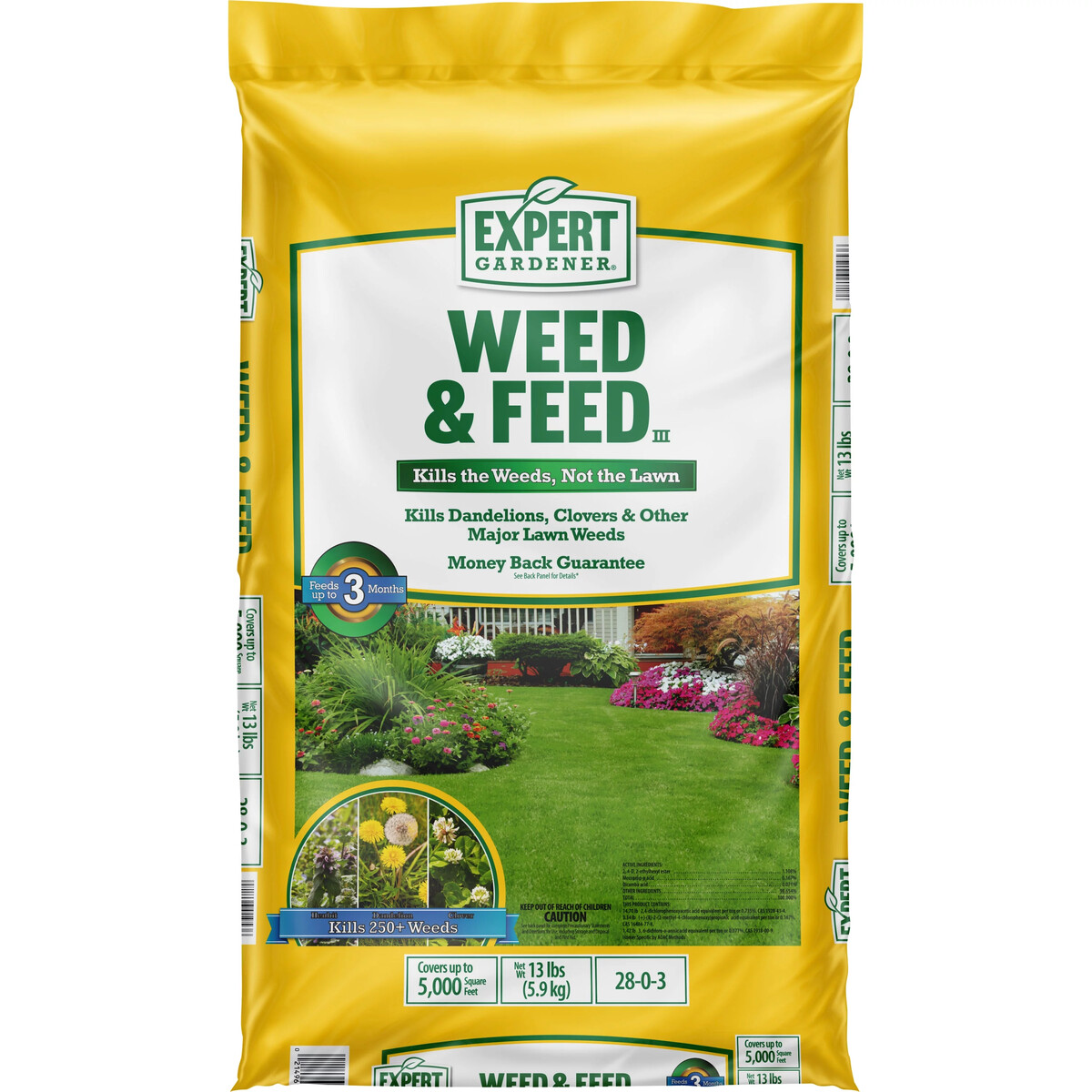
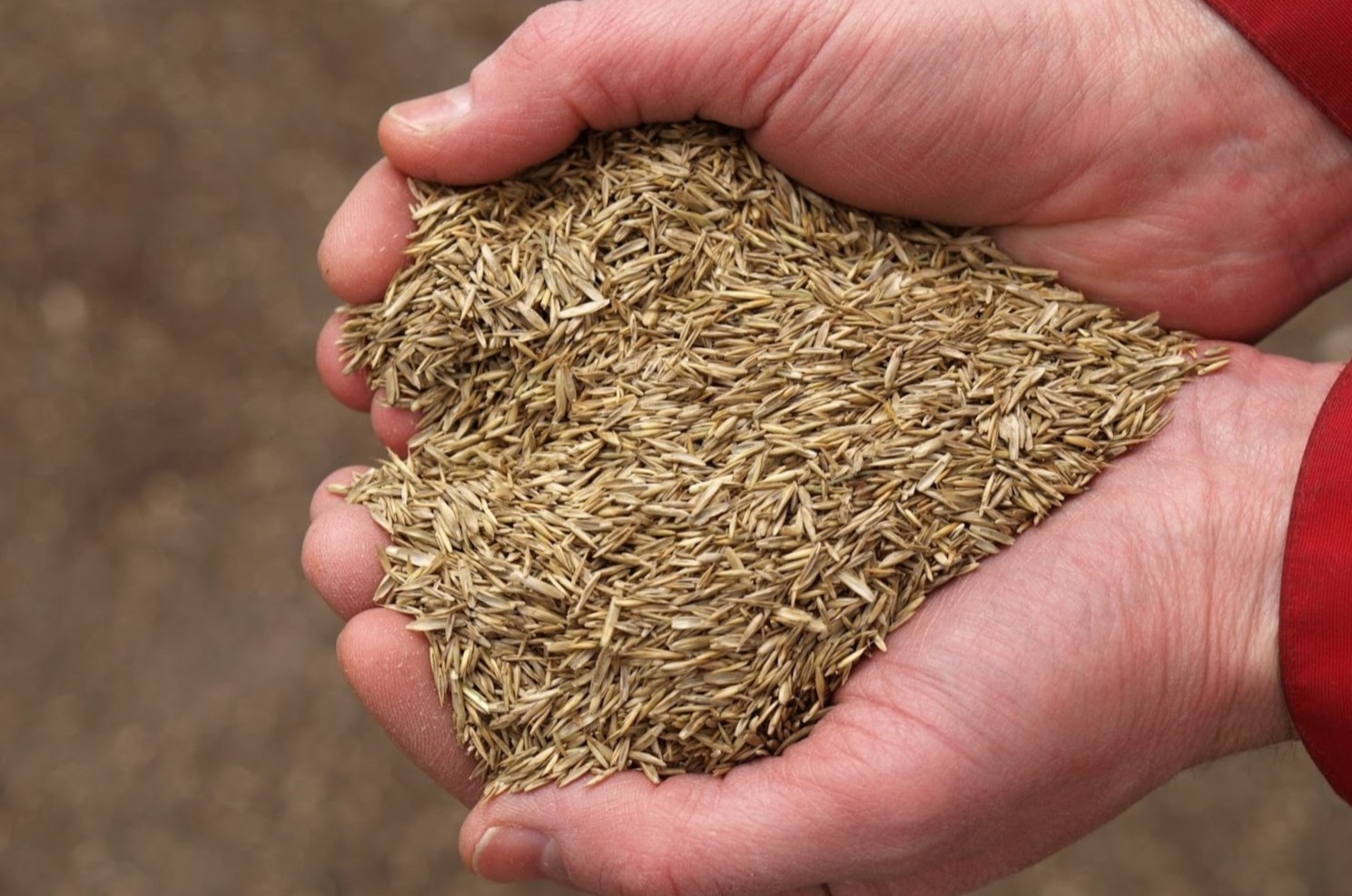
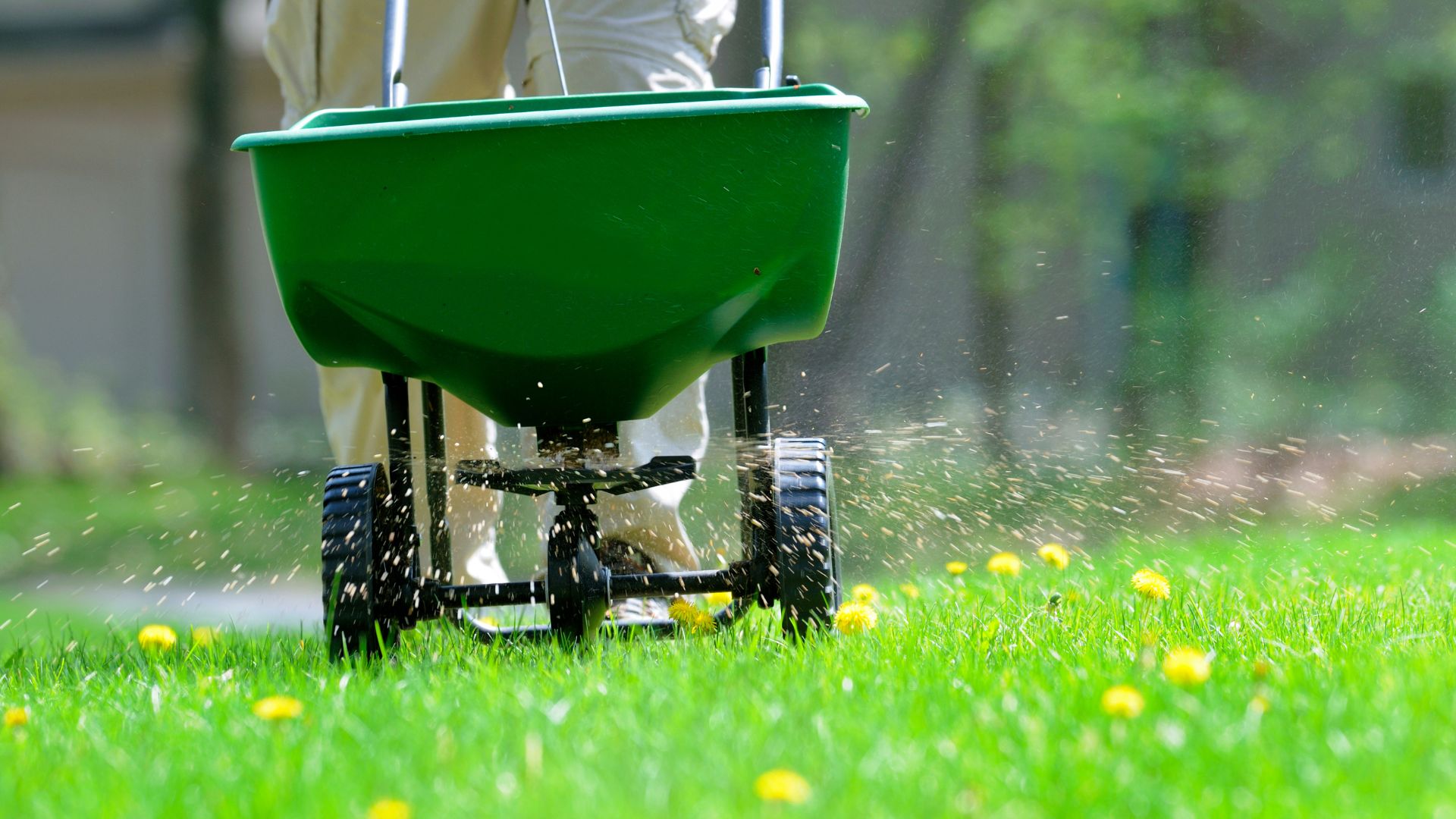
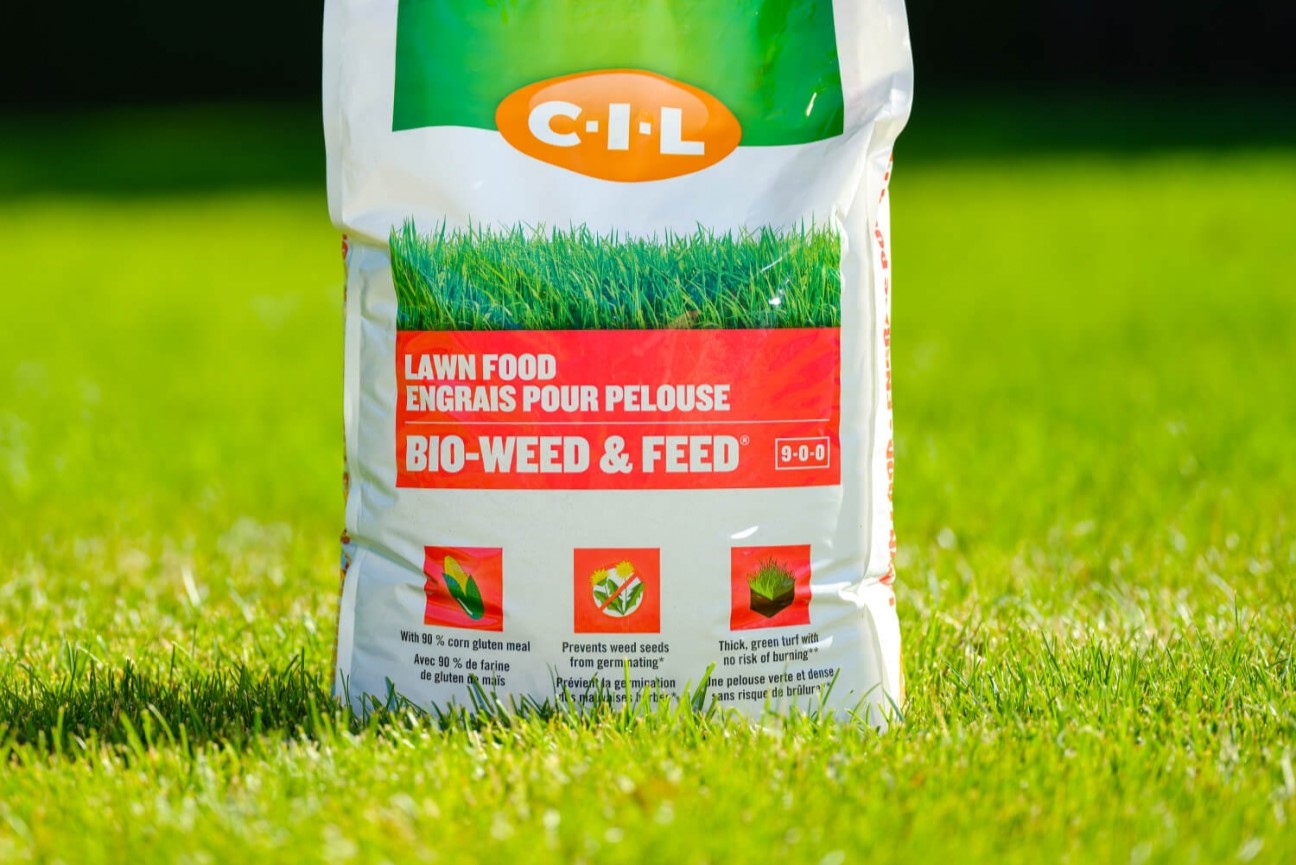
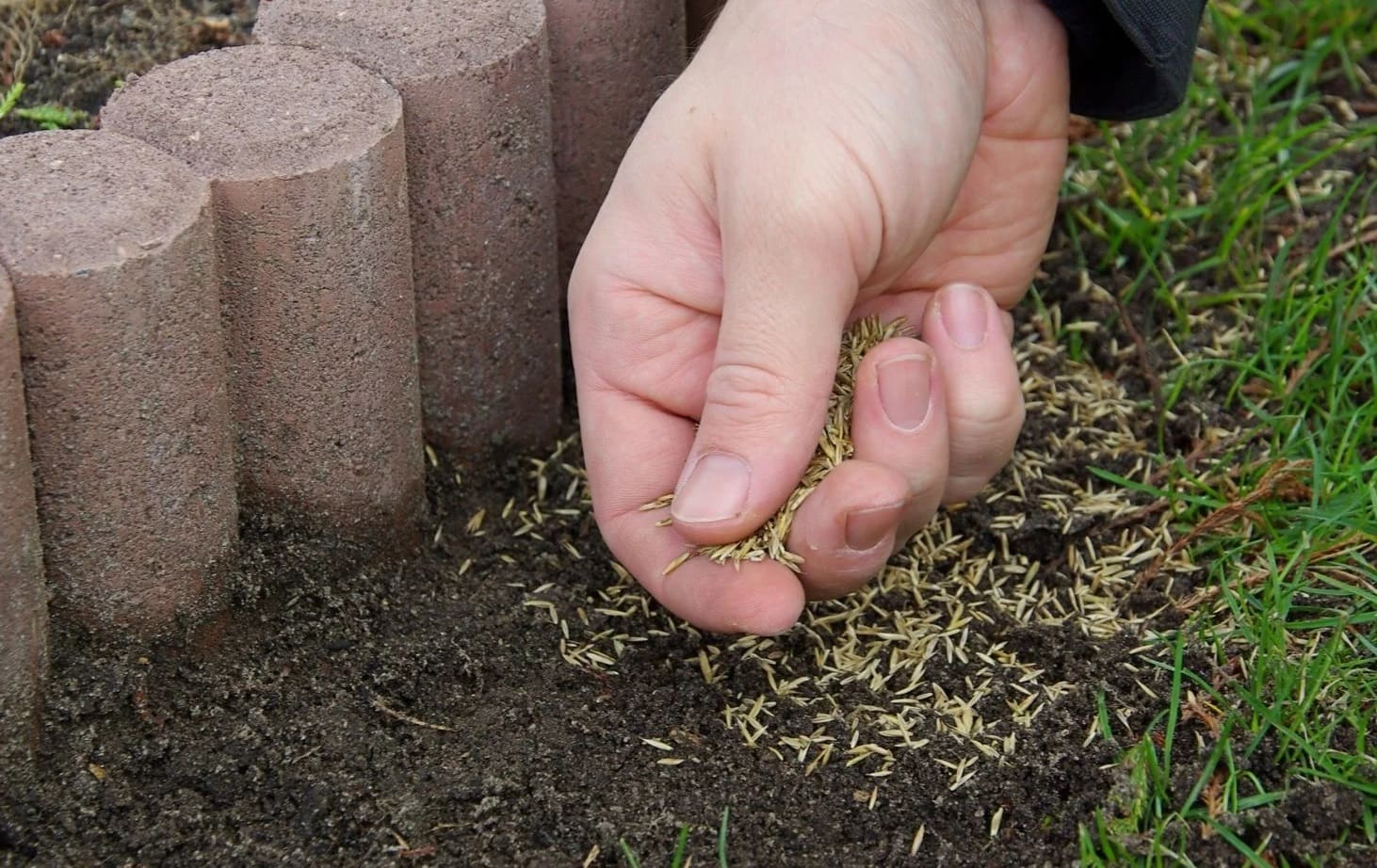
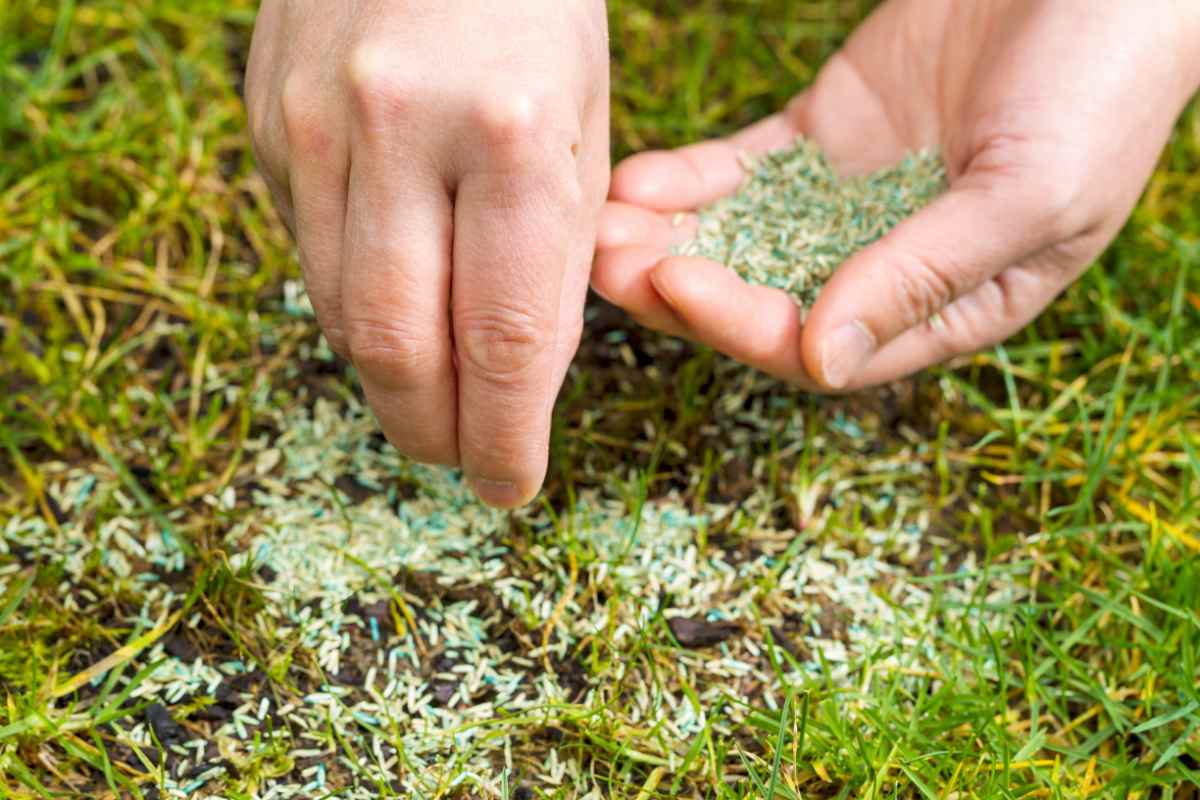
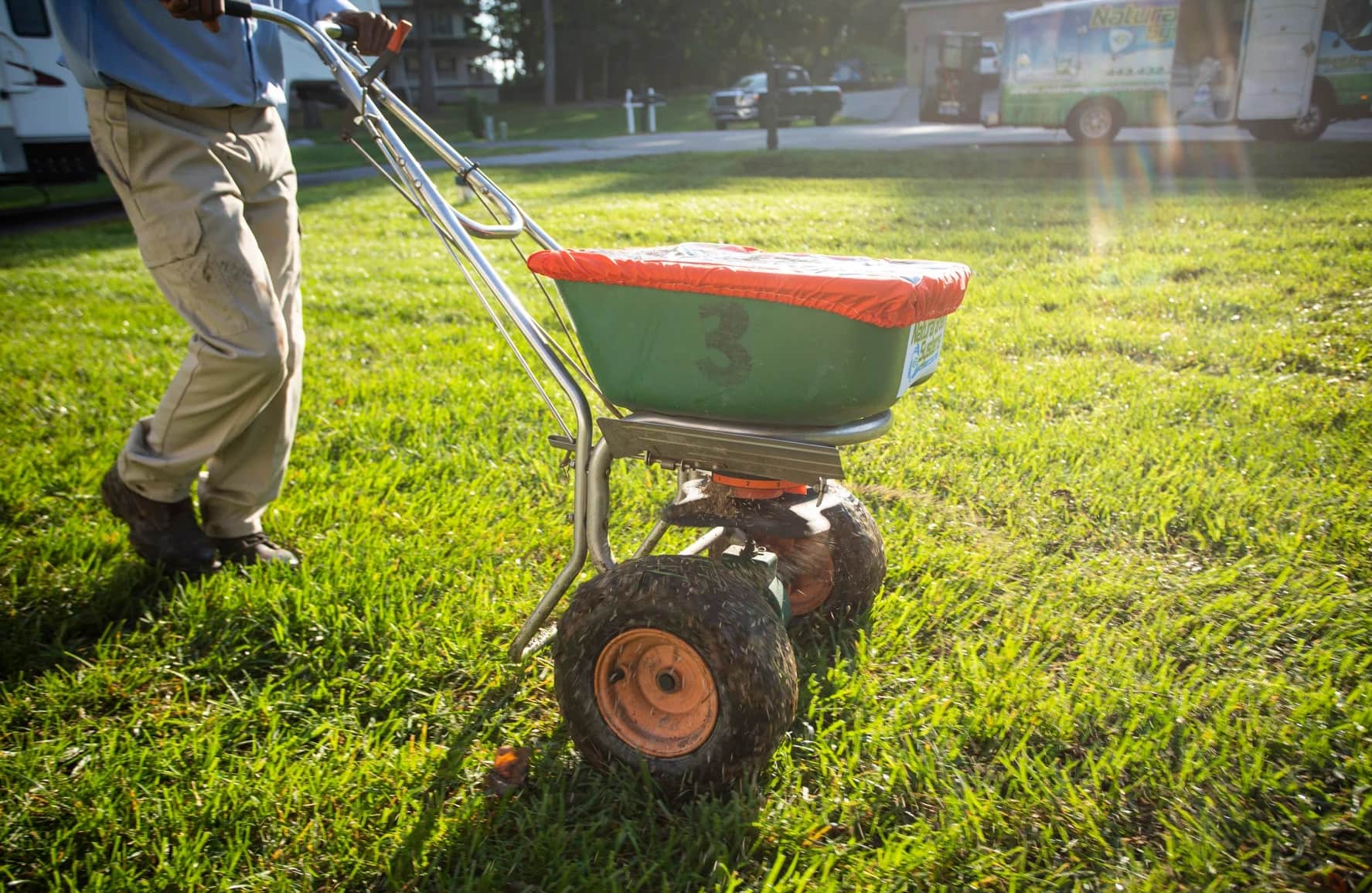
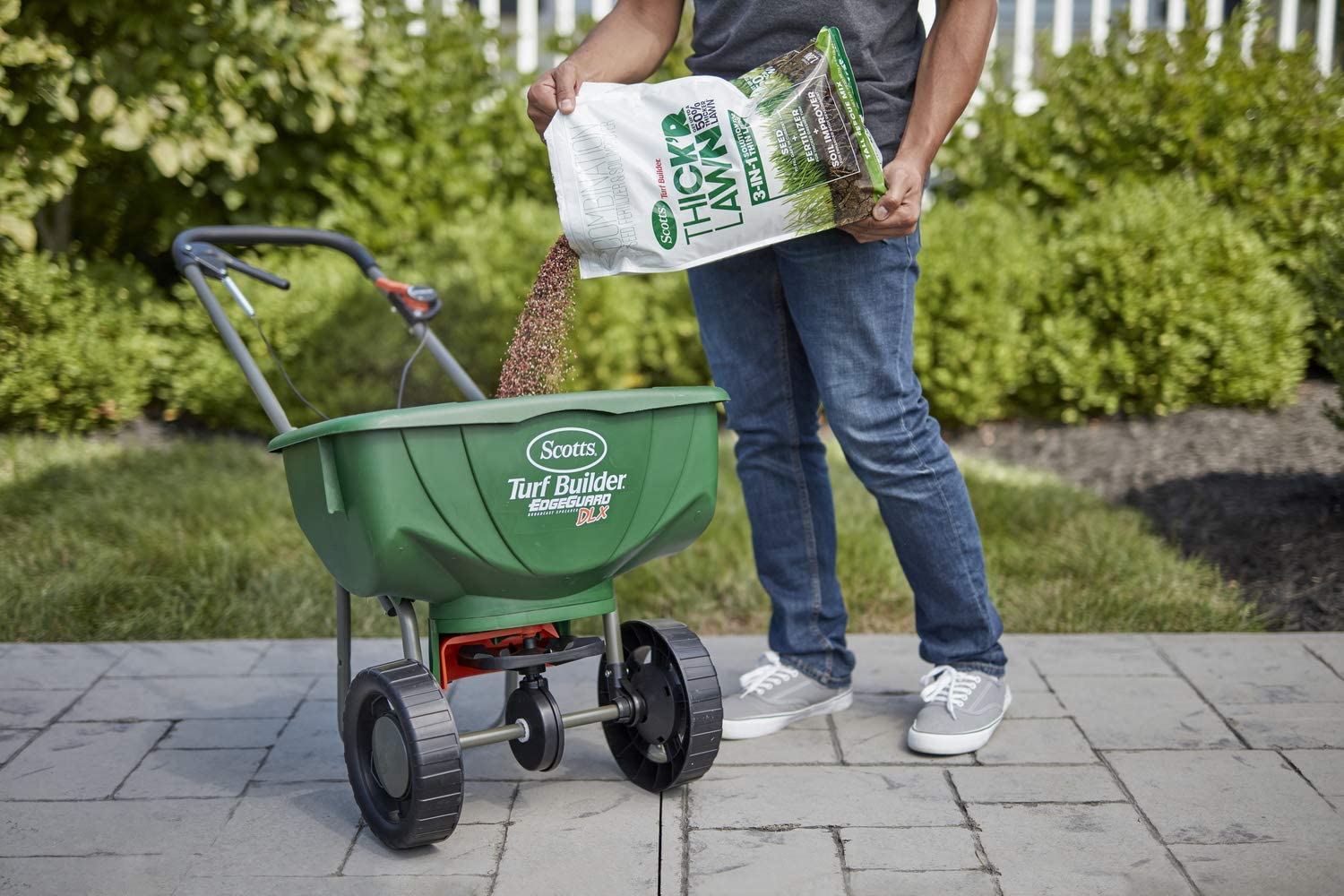
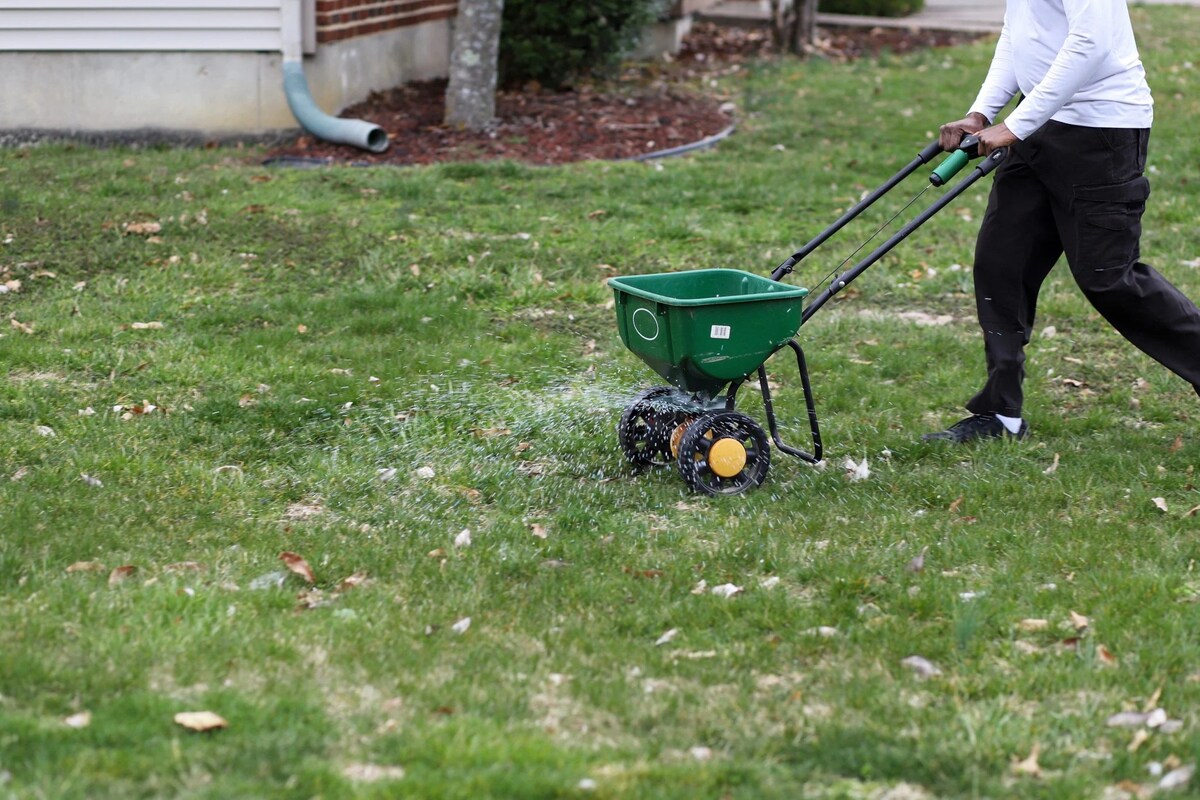
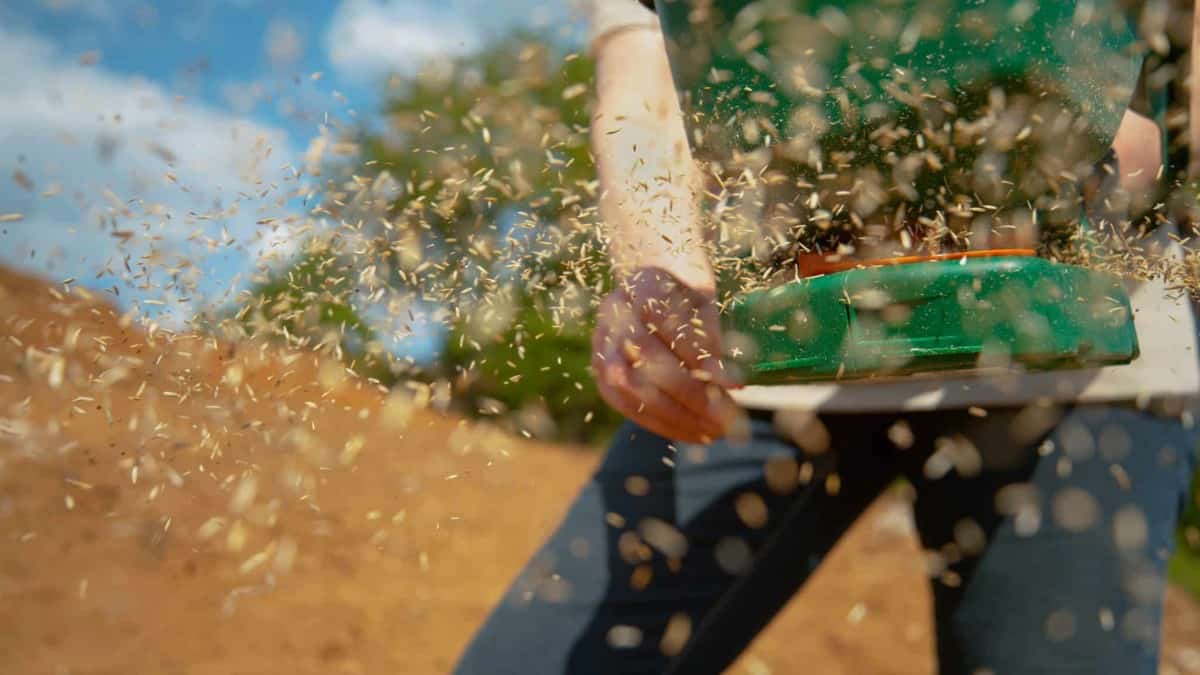
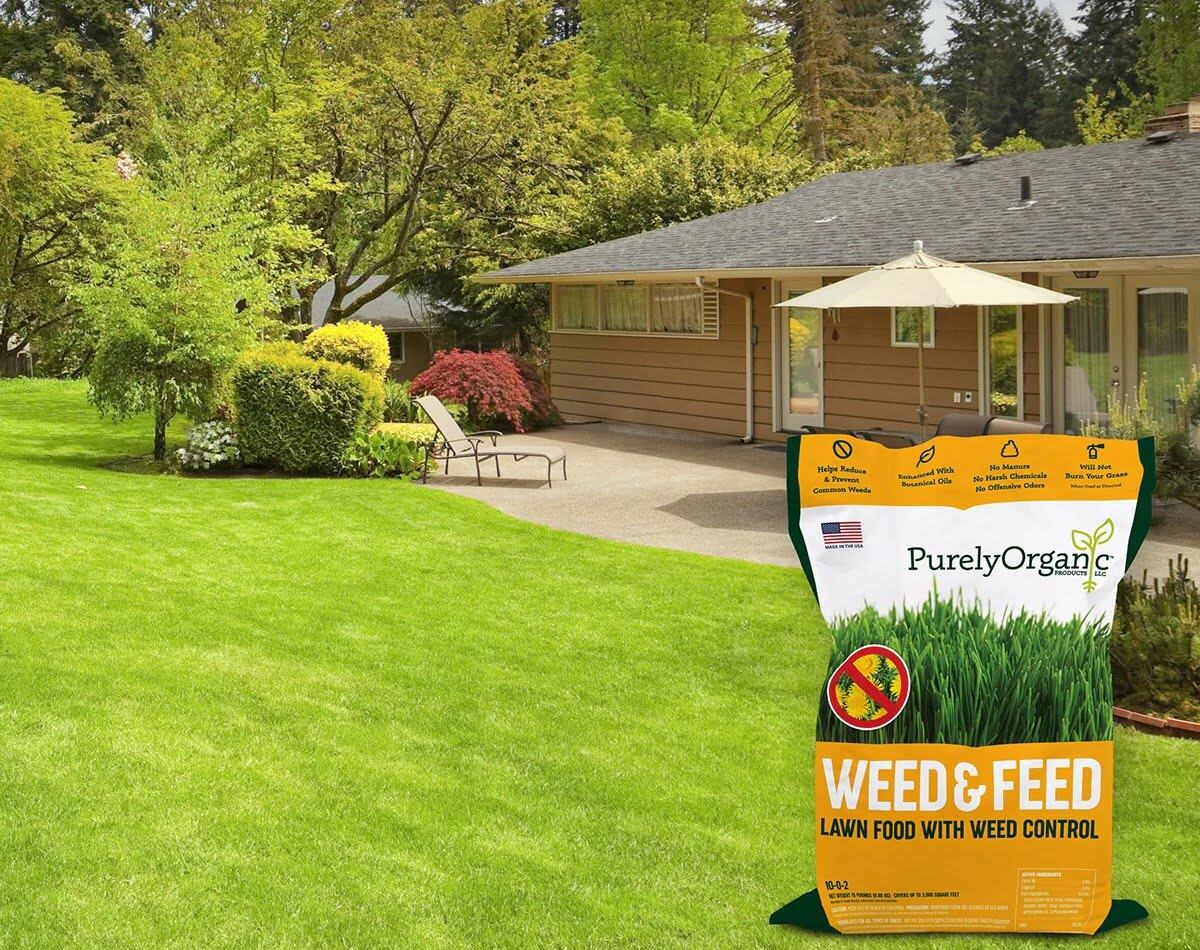
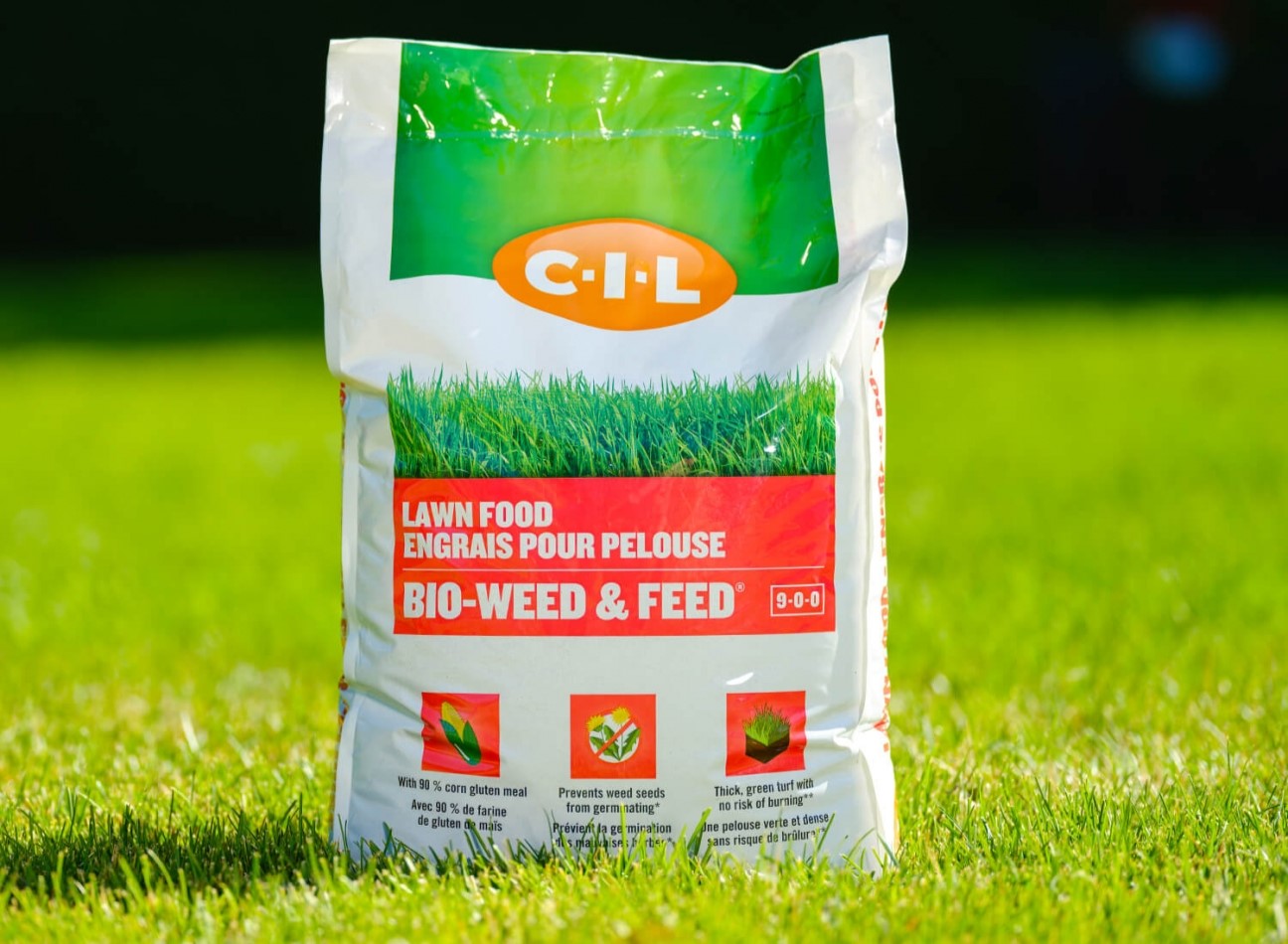
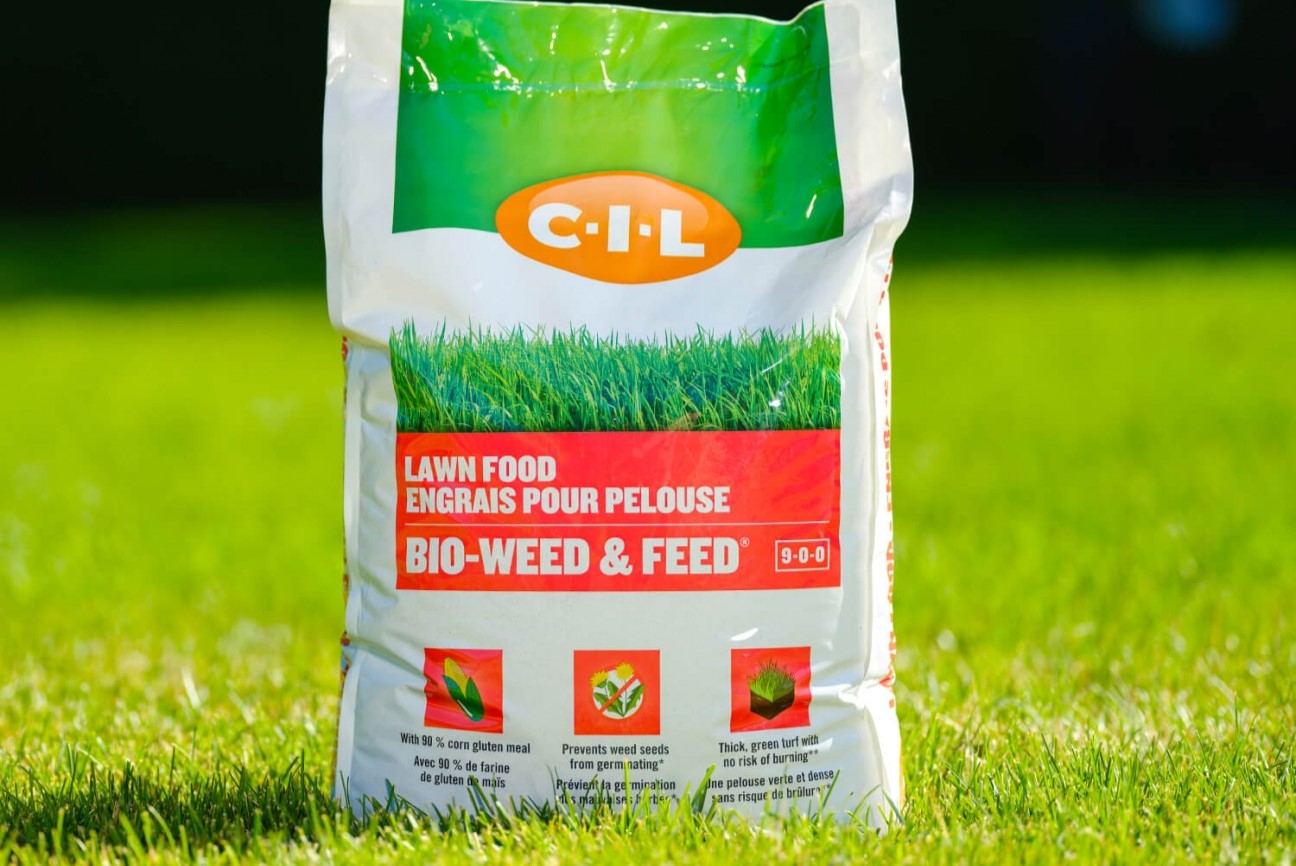
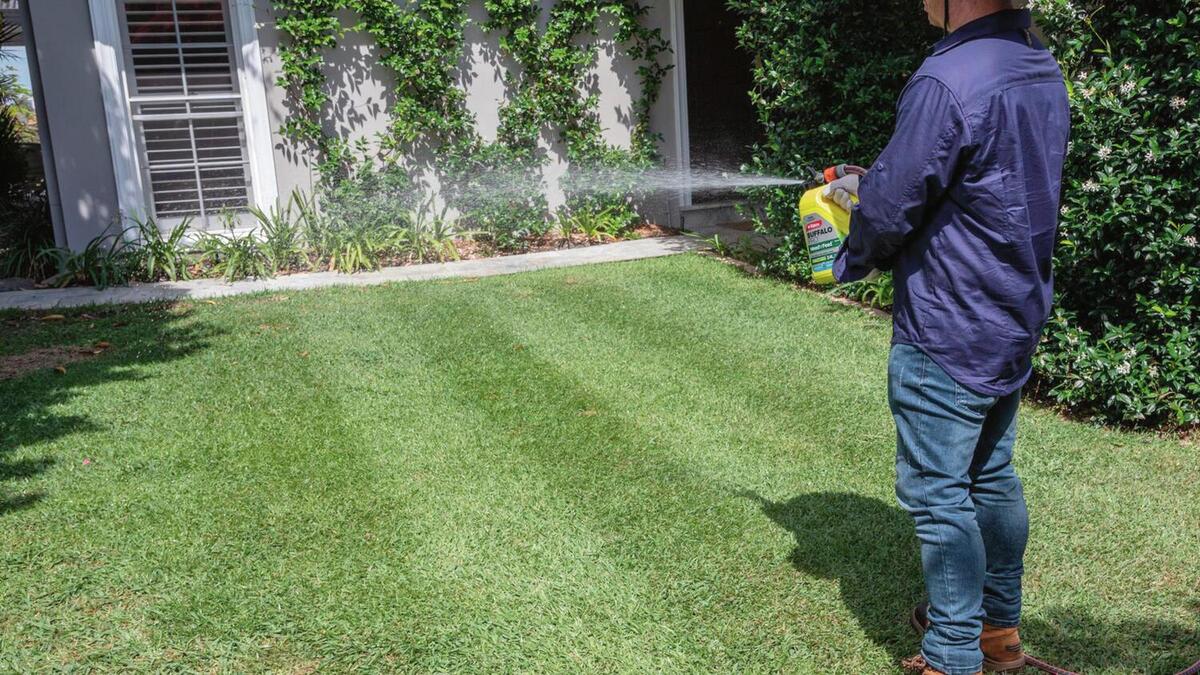


0 thoughts on “When Is The Best Time To Put Weed And Feed Down On Your Grass”